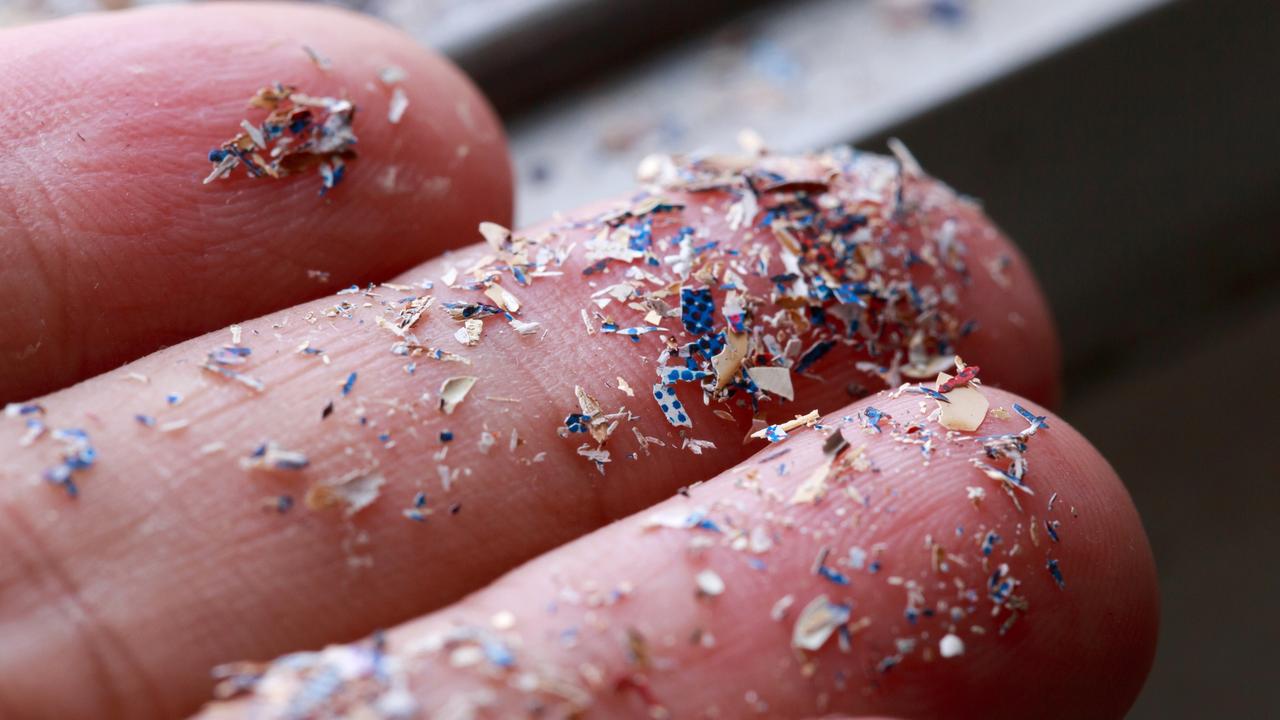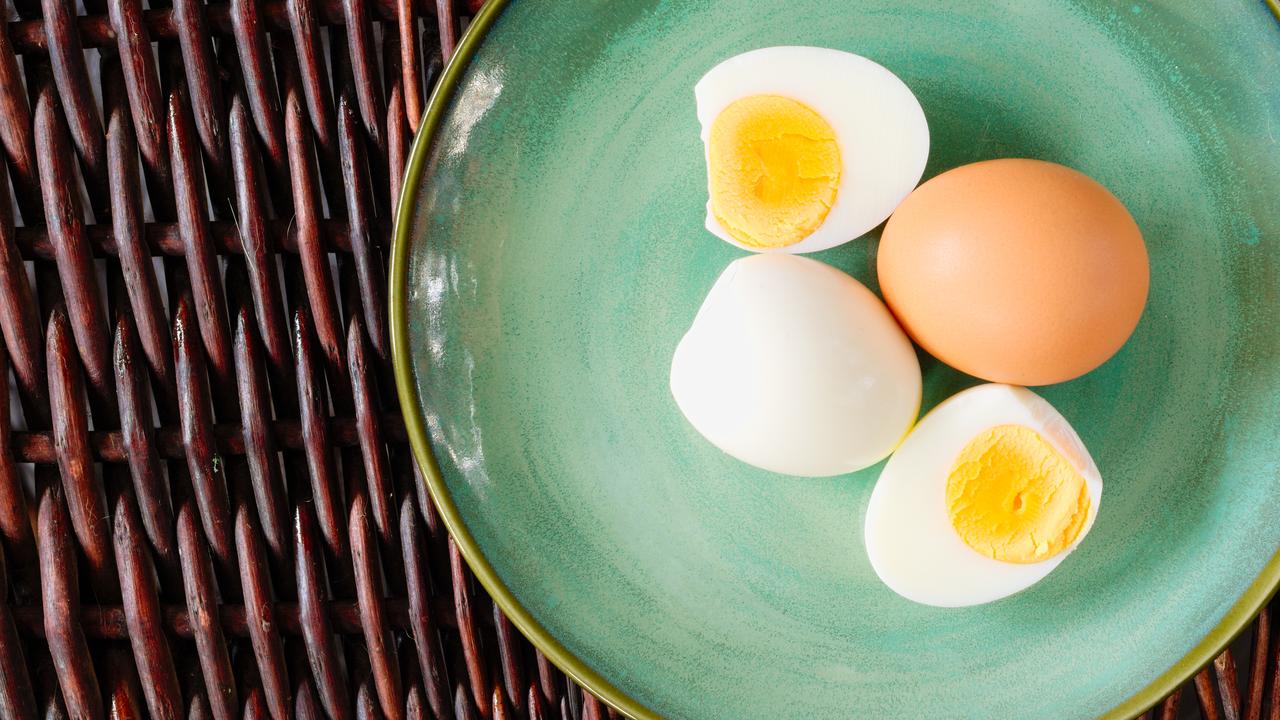Sick idea gives native species a taste of toad
The arrival of cane toads in the Kimberley is imminent ... but scientists hope a ‘taste aversion’ plan could teach native species to avoid the destructive pests.
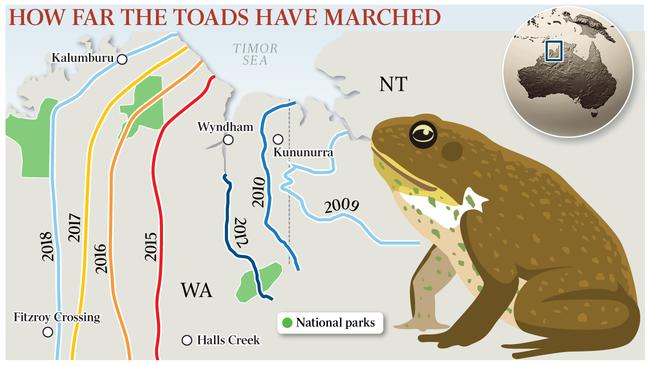
Baby cane toads the size of little fingernails are being released into the pristine Kimberley with the intention of making goannas and other predators ill.
Macquarie University developed the “taste aversion” plan with help and guidance from indigenous rangers across Western Australia’s north as a way to teach native species to avoid the toads before a frontline of adults arrives.
The highly poisonous cane toads have adapted quickly and marched fast since they were introduced to Queensland in 1935. Conservation biologist Georgia Ward-Fear said cane toads once travelled just 2km a year but because of natural selection, the modern-day cane toad had longer legs and could travel 50km a year.
“Aside from being devastating ecologically, they are actually a fascinating case study in rapid evolution,” Dr Ward-Fear said.
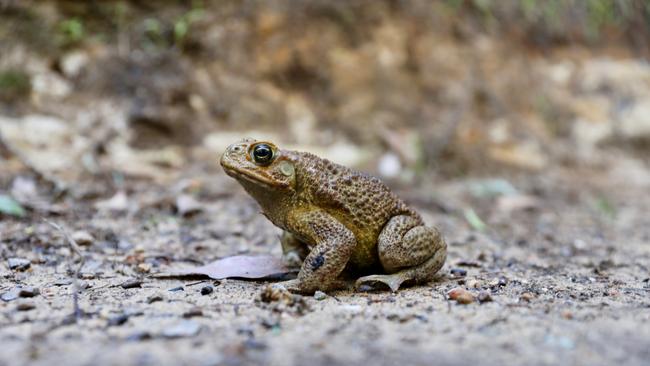
The Cane Toad Coalition has established that in NSW, the pests were just north of Grafton and moving south. Their progress in cooler climates was not as fast as in the tropics.
In January, up to 20 were found east of Yamba, according to the FeralScan website that logs sightings.
Dr Ward-Fear said tiny cane toads were being released in parts of the Kimberley where the arrival of adult toads was imminent.
The region was a precious biodiversity stronghold and there were grave fears for the native goannas, snakes and freshwater crocodiles.
“The science says all of our native predators impacted by cane toads can learn to avoid cane toads if they have a small dose of toxin first,” Dr Ward-Fear said.
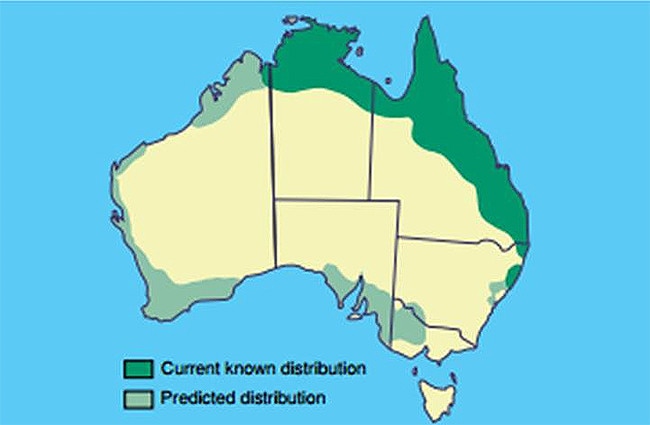
An adult cane toad was about the size of a softball and so poisonous it would kill a large freshwater crocodile.
Dr Ward-Fear said animals could learn to stay away from cane toads after a single interaction made them sick.
The most promising results so far were with goannas, she said, but other species, such as crows, were also fast learners.
They were well-known for flipping cane toads and eating the underbelly.
The scientists and traditional owners are working quickly across the Kimberley to ensure native animals have an unpleasant but non-lethal encounter with a baby cane toad that is fresh in their minds when the adult toads arrive.
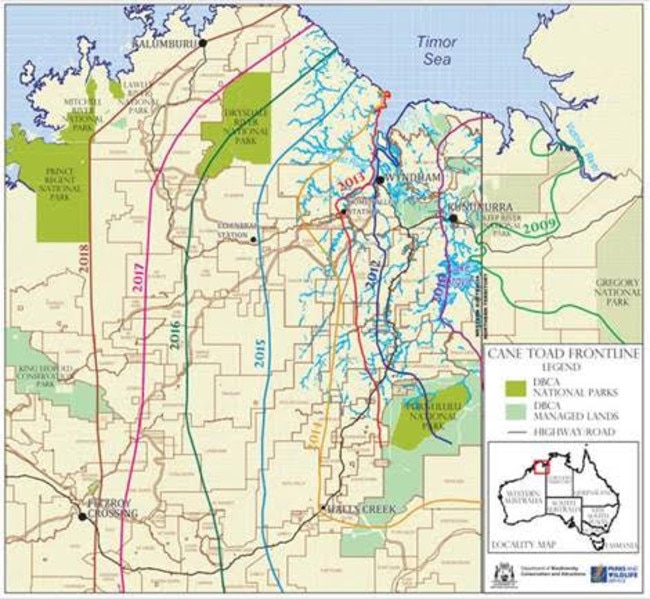
They have chosen to release the baby cane toads in places where millions of adults are due within two months.
There were no second chances for native animals that tried to eat a fully grown cane toad.
“Toad toxin is so potent animals only need to mouth an adult toad and they will be dead within 20 seconds,” Dr Ward-Fear said.
“It’s designed to deter predators before the toad gets killed.”


